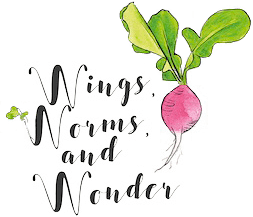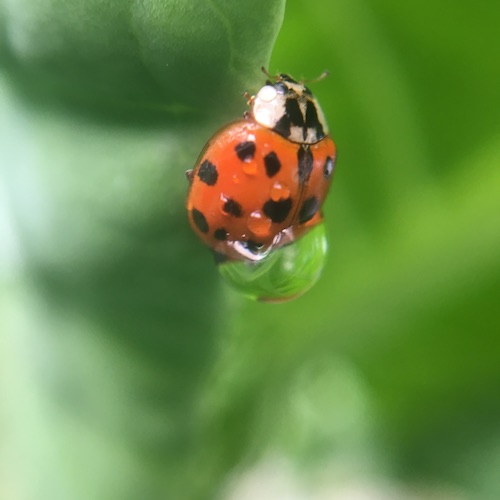Category: Montessori, Wonder Wednesday
Out of sight, out of mind. It’s such a common phrase. It’s so easy to not see the far reaching implications of most of our actions.
Take trash for example. We put the can out on the curb and it “disappears” right? Tidy disengaged blinders shield us from the far reaching implications of garbage disposal – from environmental racism to micro-plastics in the ocean. It’s really easy, because these things are so often out of sight, to let them often stay out of mind.
Making the invisible visible is one of the 5 practices of Ecoliteracy (as defined by Daniel Goleman and the Center for Ecoliteracy in the book Ecoliterate).
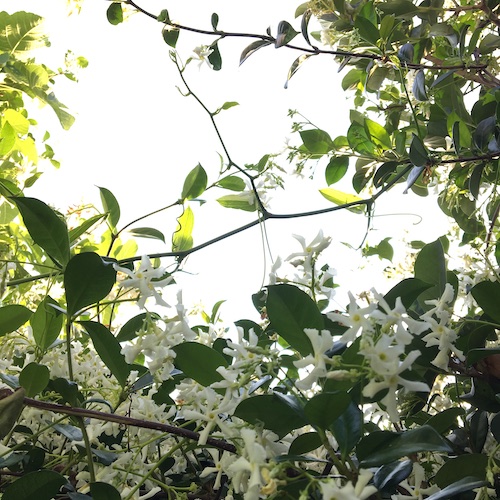
The ability to systems think is an important skill for making the invisible visible. Systems thinking and ecological intelligence helps us stay aware so that we can develop ways of living that are both modern and life-affirming for Planet Earth.
Learning how to find & solve the 21 century’s complex problems, from the physical repercussions of the climate crisis to navigating an increasingly virtual landscape. These require a strong skillset of systems based creative qualities that can be applied, to view the systems in which the world’s problems (physical and social) arise. This is all part of developing Ecological Intelligence.
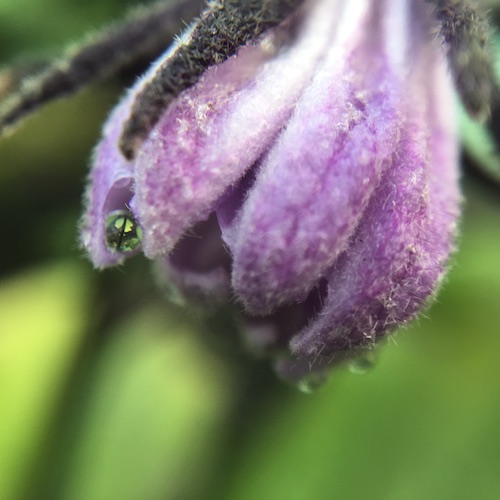
Unfortunately, there are no inherent neural systems in the human brain dedicated to understanding these larger systems occurring within the Universe….yet. Give us a few million years and we humans may get there!
So far, our human brains have only evolved enough to make us alert to our immediate systems – like a rustling in the bushes to save ourselves from being eaten by a lion. Evolutionary biology has yet to adapt us to easily alert to events that we aren’t experiencing first hand – like dangers outside of our immediate physical environments. (Hence the issues with Action on the Climate Crisis and pollution.)

Harvard Biologist Howard Gardner’s 8th of his Multiple Intelligences, the Naturalist Intelligence, is as close as we humans get to excelling in systems thinking. What a good excuse to make time for nature connection!
Systems-aware neural pathways and ways of thinking must be taught, built, and strengthened with practice. Making time to be in nature is actually good for the health of the Earth!
It increases our Naturalist Intelligence, which improves our ability to systems think, which enhances our ability to make the invisible visible – and thereby increases our ecological intelligence!
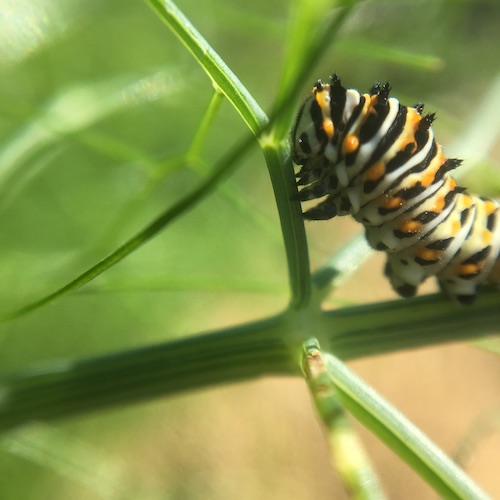
Okay, but how?
How can we see the garbage island in the Pacific or the burning of the world’s rainforests when we live across the globe? And it’s upsetting, so why would we want to? Don’t worry! I’m not suggesting that you dive into an internet hole of Ecophobia inducing environmental disasters.
I’m suggesting getting out into nearby nature. Discovering the wondrous systems that surround you! This will reveal how small daily human actions impact the wider system; the web of life of which we are all part – even when how isn’t always visible.
“Question & be puzzled by what seems obvious.”
~Noam Chomsky

Leave it to ‘ol Noam to keep saying brilliant things! I heard him say this in an interview last week. It’s the best advice I’ve heard all month. It reminds us to stay tuned to the things that surround us everyday.
The most obvious things around us are the things that often become completely invisible. They are sooo visible, that we tune them out!
How can these invisible systems be seen? To start, I say zoom in!
Here are 5 ideas:
Magnifying glasses
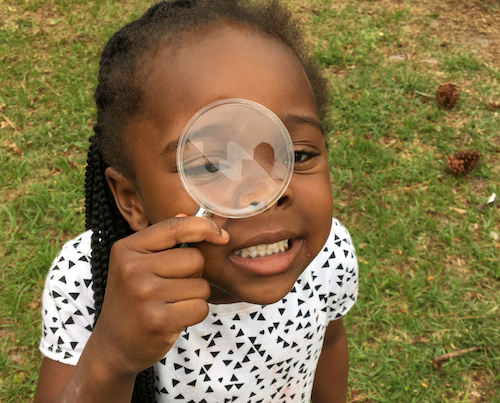
The classic tool for getting up close and personal with a subject. I prefer glass, but the plastic ones sometimes work okay too.
Loupes

(photo credit @southern_seed_queen)
A loupe is like a magnifying glass, but without a handle. This is my friend Melissa (@southern_seed_queen) modeling her loupe, which she put on a necklace! Brilliant!
My loupe is the cup style. It’s from my old days as a photographer who looked at negatives and contact sheets. Now, if I find a small nature bit I want to see better, I can place it under my loupe. I like the cup style for corralling a cool insect for a few minutes to get an up close observation.
Macro lenses
I’m talking about the cheap ones for phone cameras that are on a little rubber-band. These are simple and so awesome! They allow you to get the coolest photos of the natural world from a ladybug’s eye view. And who doesn’t want to see the world as a lady beetle or a caterpillar for a little while?
Binoculars

(These new Nocs Prvisions 8×25 binoculars are like a total dream come true! They are such high quality I know I will be enjoying zooming in on far off nature for many years to come! @n_o_c_s )
Binoculars are so cool. I’ve never owned my own pair – until literally this week! In a way, binoculars are the opposite of magnifiers, loupes, and macro lenses.
Binoculars allow us to zoom in on (large and small) far-away parts of our systems, rather than the super small and up close parts. They let us see things up close that we can’t touch. Birdwatching is an obvious outlet for using binoculars, but I say also, just look through them for example up into a tree and see what you discover!
Post Zooming “Systems-Seeing”

No, I’m not talking about the headache the arrives after too many pandemic Zoom meetings. Post zooming when making the invisible visible, happens in our nature journals! After you make up close observations…
Make a few notes or sketches about what you observed. Then, give yourself a few moments to daydream. Let your mind wander to the corners. Ride your imagination on the strings of the web of the lives you observed.
You don’t have to actually know any facts about what you observed. Just imagine how the close up nature relates to the far off nature. Consider the wider reaching effects of observations, discoveries, and how the seen and unseen nestle into the wider system of the natural web of life.

(photo credit I Believe in Montessori)
Then, after you ponder and imagine for a few hours, day, or weeks, if you want to know the facts, then do some research. But let your creative divergent mind work in the web for a while.
Melissa put it well when she said (in a recent Instagram post),
“This is my new thing and it’s everything! Wearing a loupe as a necklace because seriously, you never know when you’re going to need to look at something up close.
Today I have identified a bizarre aphid death scene on a brassica seed pod. Cause unknown but fascinating, looks like they were all frozen in time. And apparently some flea beetles hopping around having a great time on the tomatoes. Flower anthers of all sorts loaded with pollen, delicate petals. Leaf hairs, flea beetle pee, and so much more.”
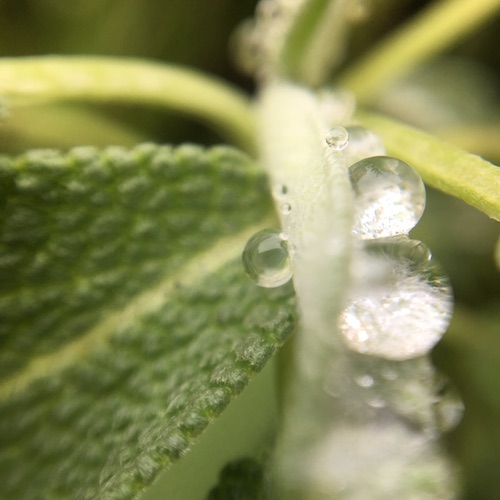
Knowing Melissa, within a month she will discover the wider system of the aphid death scene and how it relates and fits into the cycles on her farm. (Plus lots more flea beetle pee and parties! :D!)
Then she’ll make some awesome art based on her discoveries, all while saving heirloom seeds and lifting up her local community.

This is some of Melissa’s awesome nature inspired art in process! (photo credit @southern_seed_queen)
Seeing with Ziya Tong
This is great podcast episode (of one of my favorite podcasts) to get thinking in scientific and philosophical ways about making the invisible features of our lives – from microorganisms to food systems to practical ethics & structures of power – visible.
Go deep into making the invisible visible in all areas of life & give it a listen! Then check out her book “The Reality Bubble: How Science Reveals the Hidden Truths that Shape Our World”.
Also – Earth Day 2021 is April 22! It’s a perfect time to start recognizing your role in the wider systems of the Earth!
As Earth Day and spring get you out into your nearby nature, what invisible systems will you make visible in your life?
What zooming-in tool do you like best?
Share in the comments below!
Share photos of your zoomed in systems discoveries & artwork on Instagram #wingswormsandwonder!
Seeds to Sprout
Click to follow Melissa on Instagram @southern_seed_queen
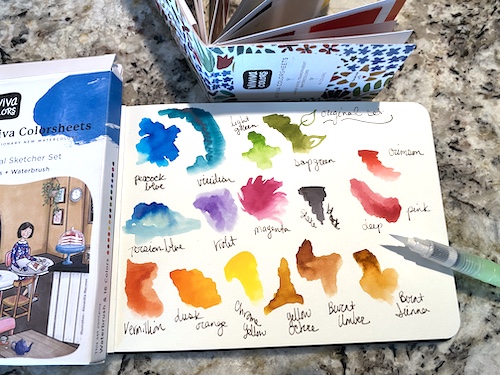
** Guess what?!!!***
A really awesome collaboration is coming up soon with Viviva Colorhseets Watercolors in conjunction with my upcoming new book Draw Yourself Back to Nature! There’s lots more info to come in the emails on the book (+ early bird specials and special launch book & paint sets!!). So make sure you subscribe in the link on the sidebar here and save the date June, 5, 2021! I’m teaching a live class WITH GIVEAWAYS AND PRIZES that day that you’ll definitely want to register for!
 (photo credit I Believe in Montessori)
(photo credit I Believe in Montessori)
Click here to check out this Wonder Wednesday 102 Phenology Wheel project and make a wheel yourself!
